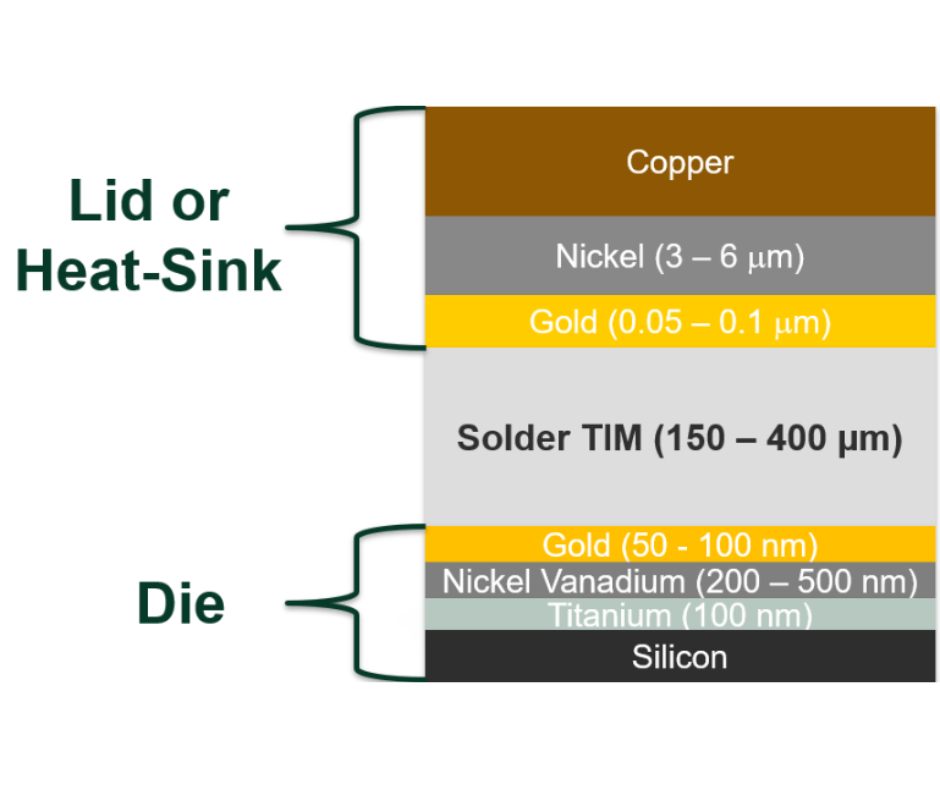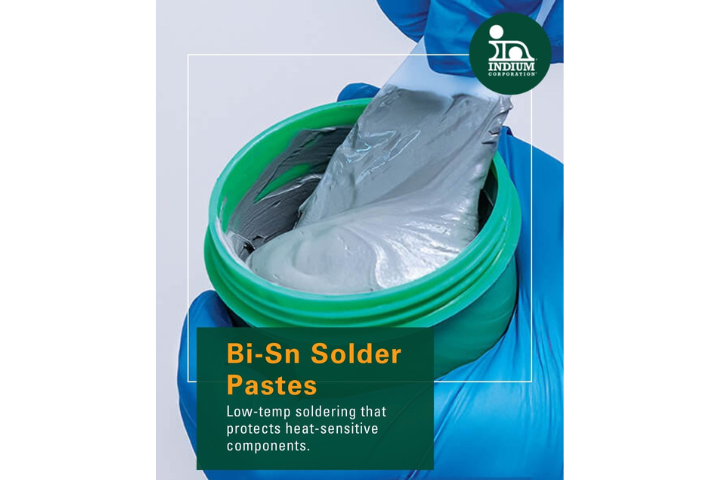In my recent SMT column, "It Pays to be Data Driven," I asked if anyone new the source of the well accepted industry adage that 2/3rds of end of SMT assembly line defects are from the stencil printing process. My friend and industry leader Joe Belmonte of Speedline sent me the following response:
Ron,
I just read your column titled "It pays to be data-driven" in SMT Magazine.
Good information and of course I fully agree.
The number of 2/3 of the defects contributed to the printing process I
think is driven from how operations count OPPORTUNITIES for defects.
Most operations count each component lead as a defect OPPORTUNITY and the
component itself as one defect opportunity.
For example; a 208 pin QFP has 209 defect opportunities, 208 for the 208
leads and one for the component.
The one for the components is for a misplaced components, reversed
polarity, bent lead, etc.
Using this approach the vast majority of defect opportunities (well over
80%) are related to the printing and soldering processes (reflow, wave,
selective soldering, hand soldering, etc.). This is exactly how we did it
at Motorola.
The overwhelming volume of defects being attributed to the printing process
is obvious if we count defect opportunities using the Motorola approach.
I am sure you already know this but I thought I would share my view.
I wish you and you family a great holiday.
Regards,
Joe
Joe's answer rings true to me and is another case of Motorola being a leader in Six Sigma and data driven processes. Delineating the current wisdom is that about 65% of end of line SMT defects are from stencil printing, 15% from reflow, 15% from placement/components and 5% from misc. causes. Most of us expect lead-free to increase the percentage of reflow related defects slightly.
Cheers,
Dr. Ron



